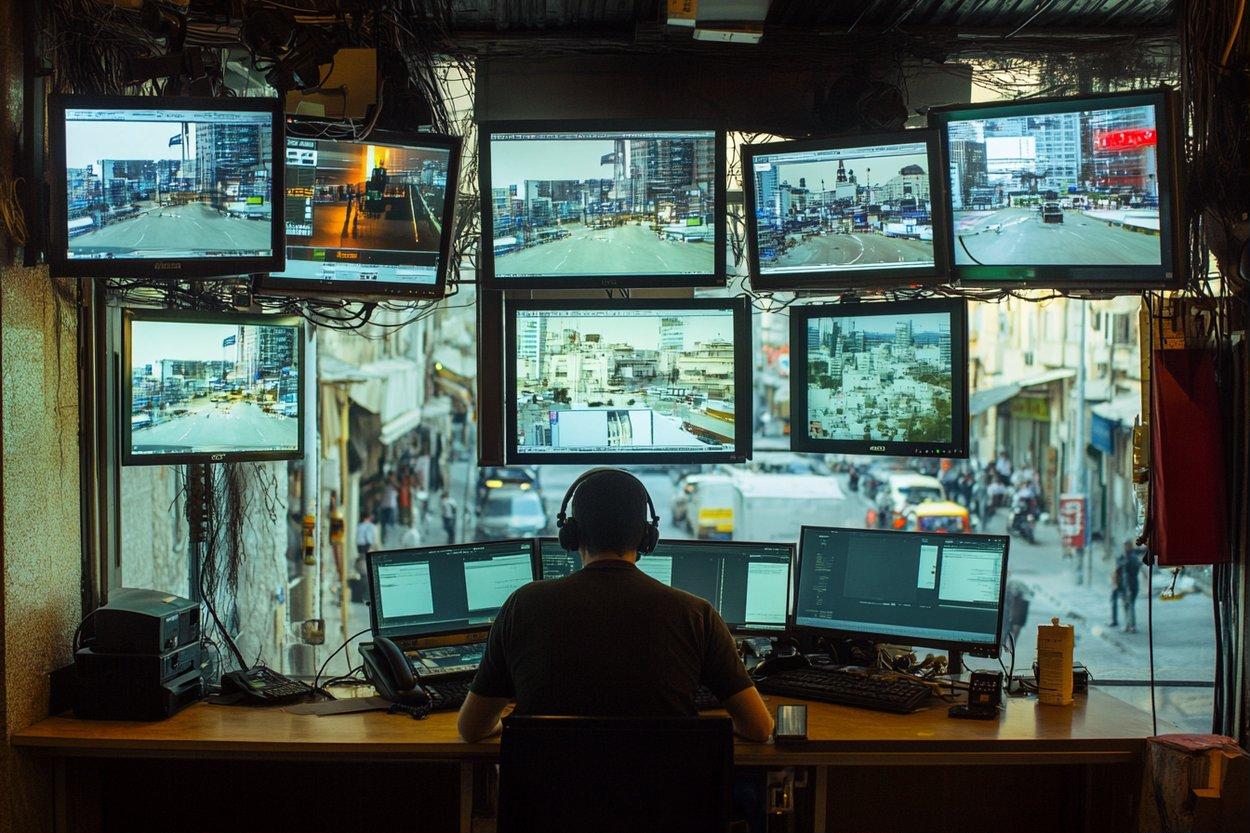Transcending Boundaries: The Flourishing Digital Art Market
Engage yourself in an exploration of an ever-evolving landscape that combines art and technology. Delve into the rise and influence of digital art, from its humble beginnings to its groundbreaking present, and how it has been transforming the art industry's traditional norms.

A New Dawn: The Genesis of Digital Art
Digital Art, a term broadly used to define artworks created using digital technologies, emerged in the 1960s with the proliferation of computers. This period was marked by a fascination with the potential of these machines, leading to the birth of a new art form. Early pioneers, like Michael Noll and Frieder Nake, started experimenting with algorithms and computer-aided design, pushing the boundaries of what was considered ‘art’.
From Pixels to Perfection: The Evolution of Digital Art
With the advent of the internet and advancements in digital technology, digital art has evolved dramatically. The 1980s saw the introduction of Photoshop and 3D modeling software, opening new doors for artists to express their creativity. From pixel art and digital illustrations to 3D sculptures and fractal art, the field of digital art has expanded, becoming an integral part of the contemporary art scene.
Art for the Masses: Democratization of Art through Digital Platforms
Digital platforms have not only revolutionized the way art is created but also how it is consumed and collected. Social media platforms like Instagram and DeviantArt have allowed artists to showcase their work to a global audience, breaking down geographical barriers. Meanwhile, online marketplaces have democratized the art buying process, making it accessible to a wider demographic and not just the elite.
The NFT Revolution: Digital Art in the Blockchain Era
The most recent development in digital art is the integration of blockchain technology. Non-Fungible Tokens (NFTs) have taken the art world by storm, providing a mechanism to authenticate and monetize digital art. This has created a new market for digital artists and collectors, with pieces like Beeple’s “Everydays: The First 5000 Days,” selling for a staggering $69 million at Christie’s auction house.
The Impact and Reception: A Paradigm Shift in the Art World
The rise of digital art has triggered a paradigm shift in the art world. While some traditionalists have been skeptical, arguing that digital art lacks the tactile quality of traditional mediums, many have embraced this new form of artistic expression. Its impact is undeniable, offering limitless possibilities for creativity, democratizing art, and creating unprecedented opportunities for artists and collectors alike.
In conclusion, the digital art movement, with its innovative techniques and transformative influence, continues to rewrite the rules of the art industry. As we move further into the digital age, it will be interesting to see how this dynamic field continues to evolve, shape culture, and redefine our understanding of art.




